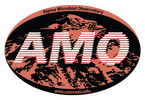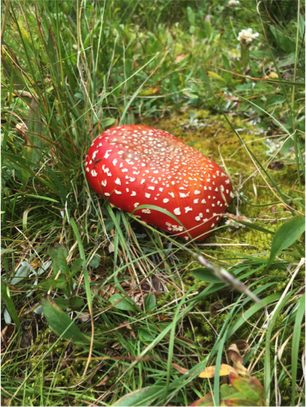|
Amanita muscaria by Cliff Bueno de Mesquita In keeping with the summer’s fungus theme, this month’s microbe is Amanita muscaria, another one that we see commonly in the Colorado subalpine on our way up to sites at the Niwot Ridge Long Term Ecological Research site. Amanita is straight out of the Super Mario games or Alice in Wonderland – the classic red mushroom with white spots. Unlike the King Bolete I wrote about last month, I do not recommend eating the Amanita, as it is highly toxic, containing ibotenic acid and muscimol compounds. In contrast to the spongy King Bolete, the Amanita has gills on the underside of the cap, which is the first sign that you should be wary of eating it. Amanita muscaria is one of 600 species in the Amanita genus. They are in the Amanitaceae family, in the Agaricales order (gilled mushrooms) in the Basidiomycota phylum. Amanita muscaria is mycorrhizal, and associates with both hardwoods and conifers. In Colorado, it appears to be associating with the subalpine fir, all the way up to treeline, and produces mushrooms in July and August after it rains. It ranges from Mexico all the way to Alaska. The cap is 5-25 cm in diameter, deep to bright red, with yellow “warts” that quickly fad to white.
References: http://www.mushroomexpert.com/amanita_muscaria_flavivolvata.html http://www.mykoweb.com/CAF/species/Amanita_muscaria.html
1 Comment
|
AuthorVarious lab members contribute to the MoM Blog Archives
October 2023
Categories |


 RSS Feed
RSS Feed
